
Mr. Fan Wenquan, senior research fellow of Henan Provincial Institute of Cultural Relics and Archaeology (HPICRA), gave a lecture titled “Zhenghan Gucheng in Perspective of Archaeology”, in the Multi-Function Room of Boya building on May 24th evening. Professor Wei Jiyin from Department of Archaeology and Museology hosted the lecture; Professor Zhang Lidong, Liu Zhongwei and Hou Weidong participated as discussants.
Starting with the geographical location and historical evolution of Xinzheng, Mr. Fan comprehensively presented the archaeological fieldwork and related research on Zhenghan Gucheng from four sections.
The first section, "what is Gucheng", introduces the geographical environment, structural layout, functional zoning of Zhenghan Gucheng, and the archaeological remains. Mr. Fan points out that Zhenghan Gucheng is divided into two parts by the north-to-south partition wall. The west city is the political center, in which palaces and elites’ mansions are distributed; the east city is the economic center, where various handicraft workshops (potteries, bronzes, iron tools, bone-tools, jades, etc.), commoners’ residents, religious and ritual places, and elite burials of the state of Zheng.
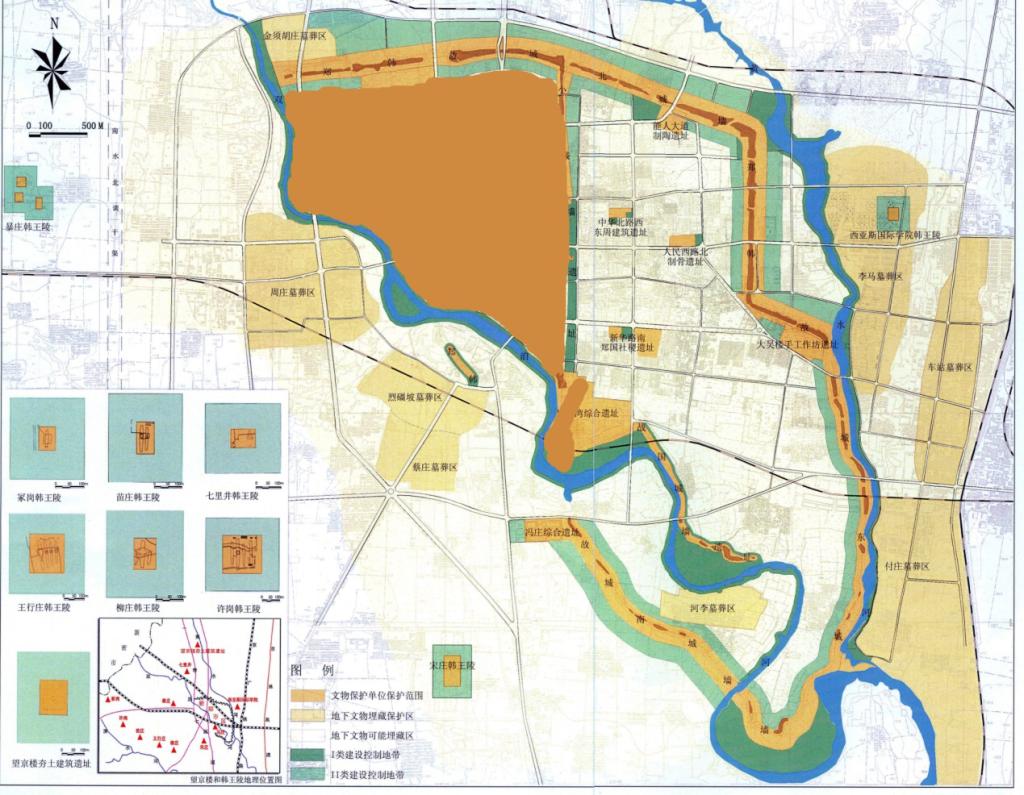
Major archaeological features at Zhenghan Gucheng
The second section, "the beginning", introduces the excavation of the huge tomb of the Duke of Zheng at Lijialou in 1920s. A large number of Spring and Autumn exquisite bronzes were discovered when local villagers dug wells, which triggered the subsequent archaeological work at Zhenghan Gucheng.
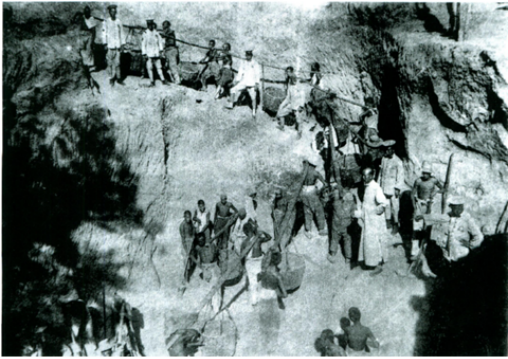
Archaeological excavation of the tomb of the Duke of Zheng at Lijialou, Xinzheng
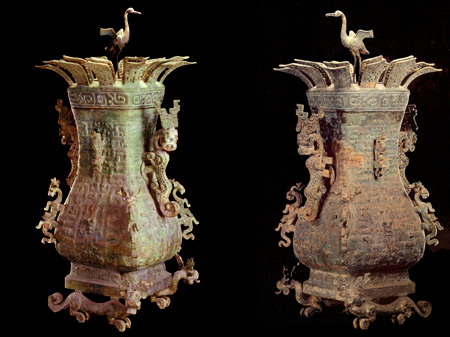
Lotus and crane rectangular vase
The third section, "long-term exploration", presents the unremitting effort of the three generations of archaeologists at Zhenghan Gucheng since 1960s. In addition to a series of major archaeological discoveries, the comprehensive research, the conservation of cultural heritage, and the public archaeology have been carried out. Based on these accomplishments, archaeologists not only gradually gained a deeper understanding of the ancient city with a history of several thousand years, but also found a sustainable development way that coordinates archaeological excavation, urban construction, heritage conservation and cultural exploitation.

Bronze sacrificial vessels at the ritual site of Zheng state
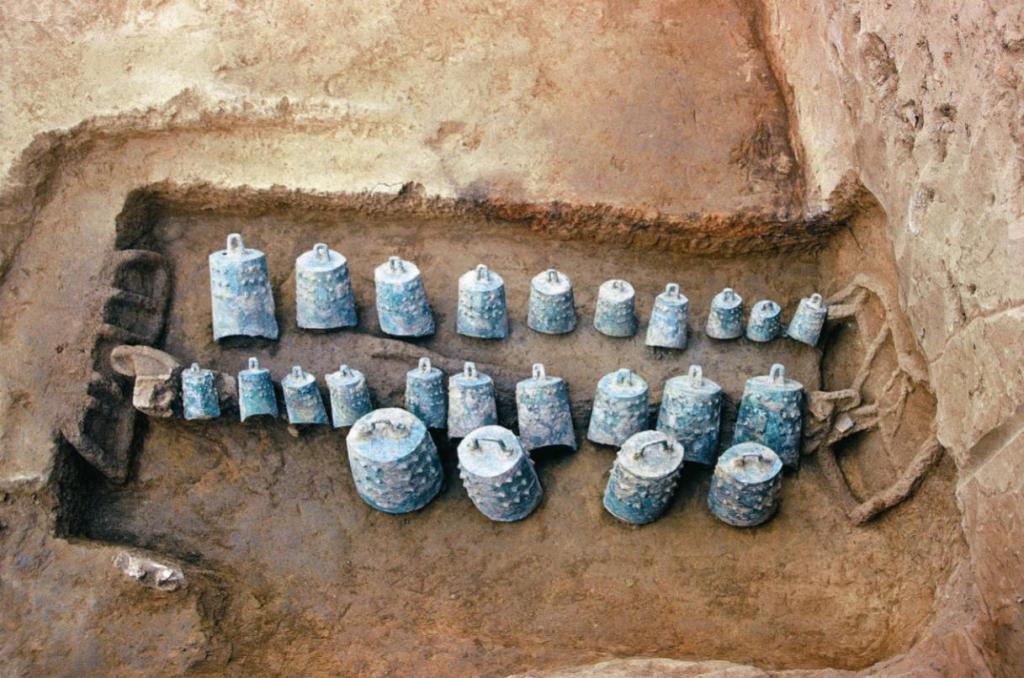
Bronze musical instruments at the ritual site of Zheng state

A pottery-making workshop
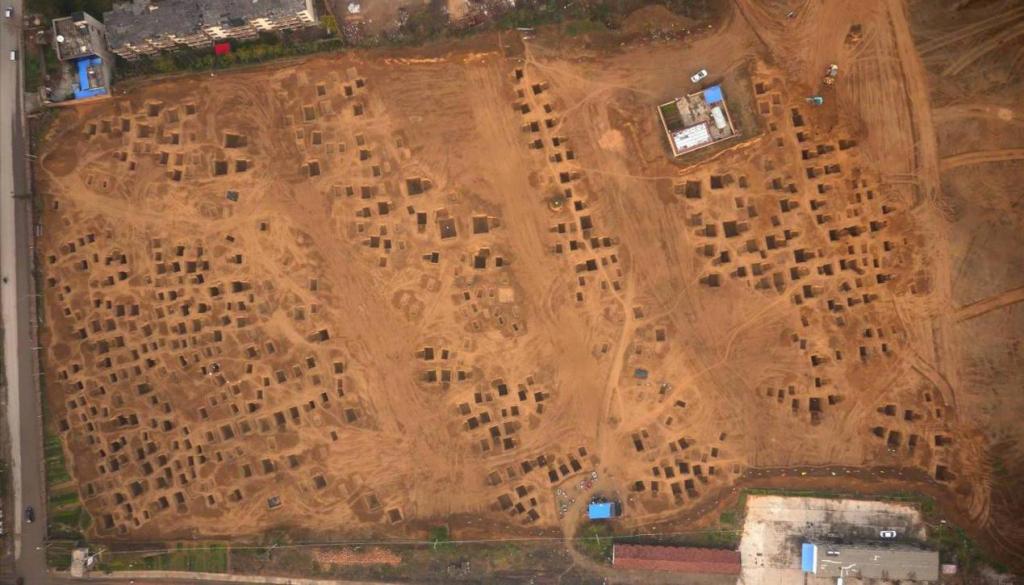
Commoners’ cemetery zone
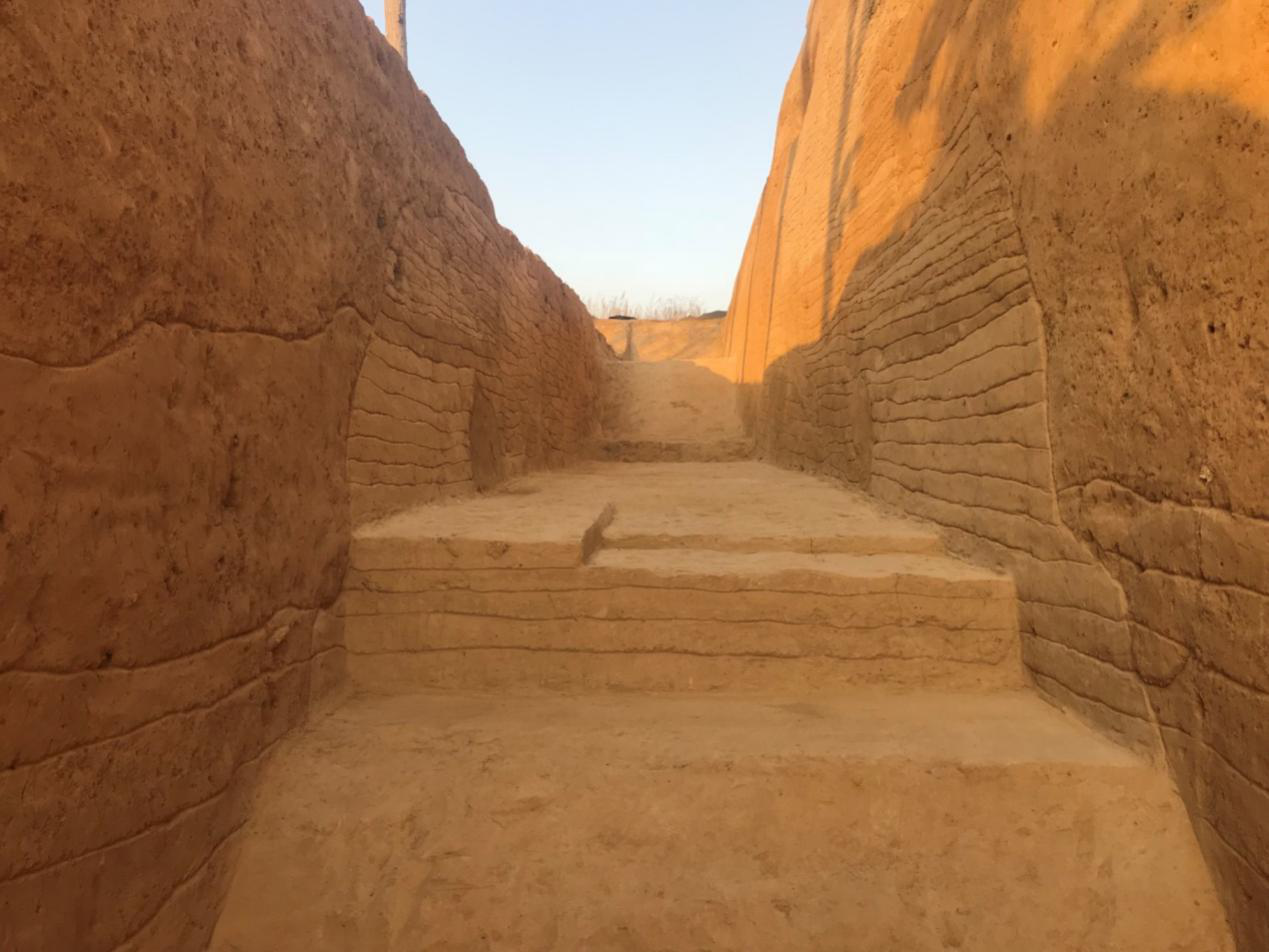
The south wall profile
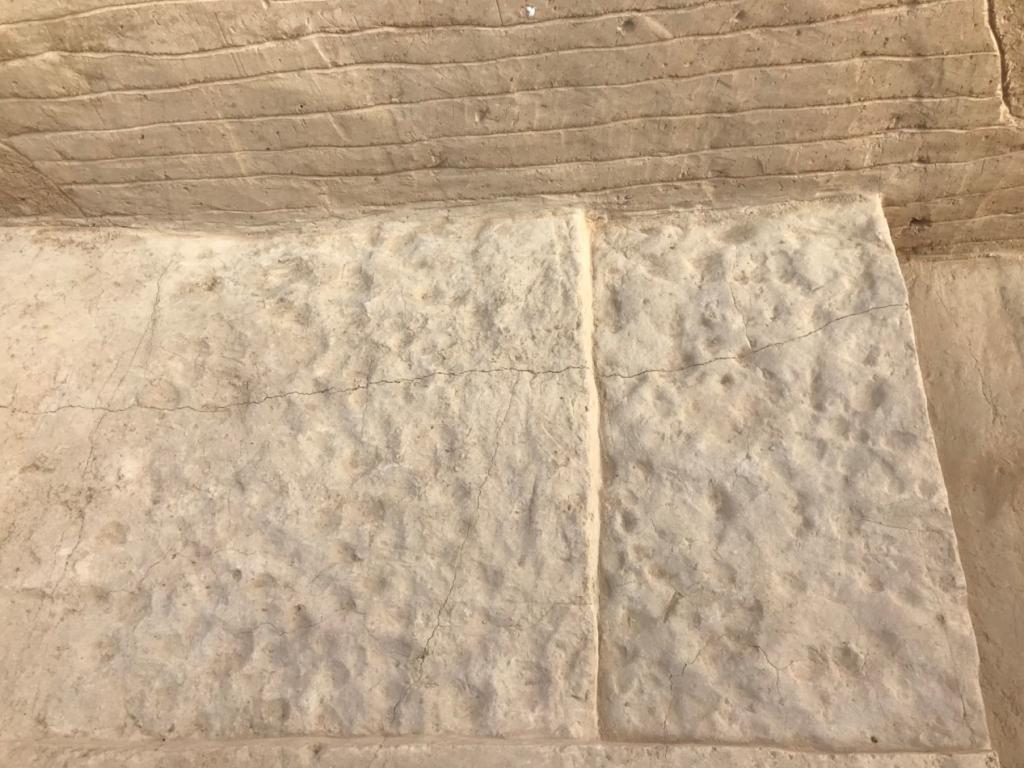
The rammed-earth feature on the south wall
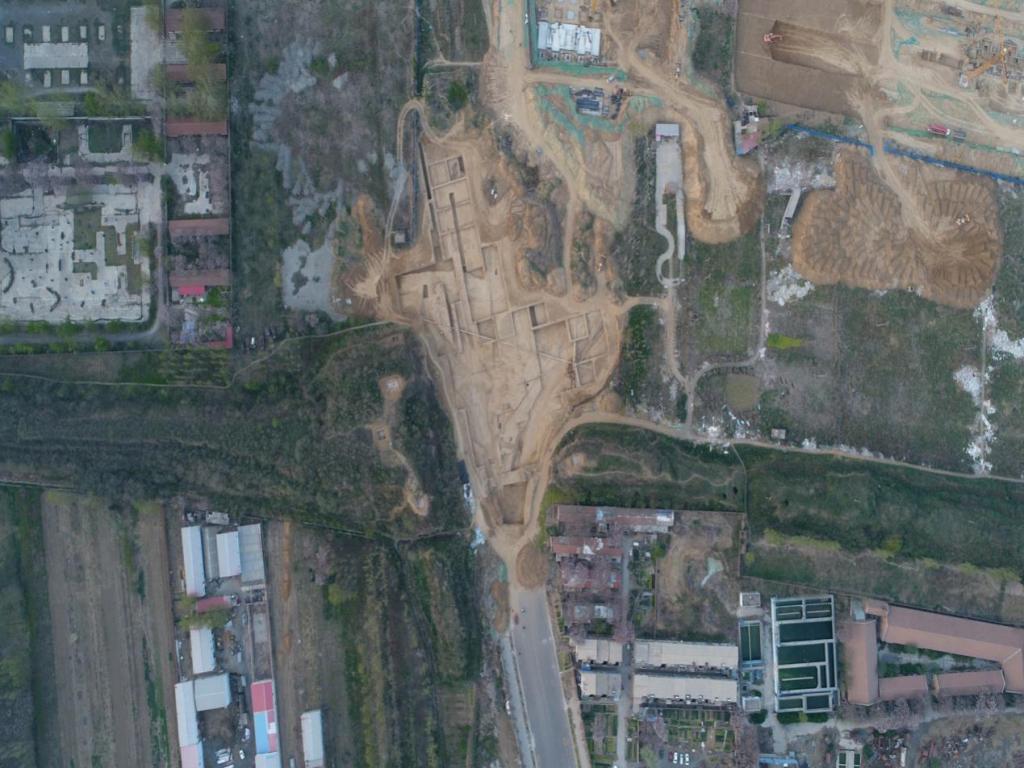
2017 Top 10 archaeological discoveries in China: the north gate of Zhenghan Gucheng
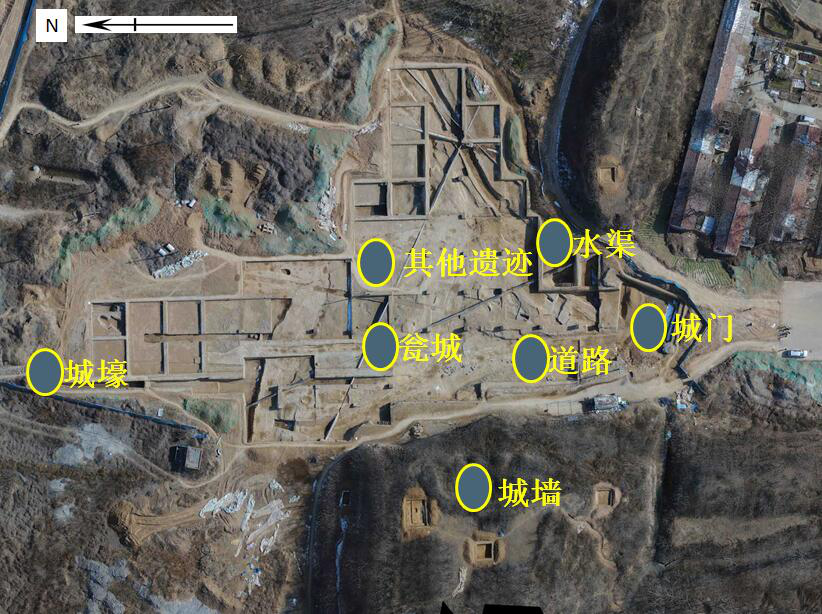
Major archaeological features at the north gate site

Zheng Gong Tomb No.1
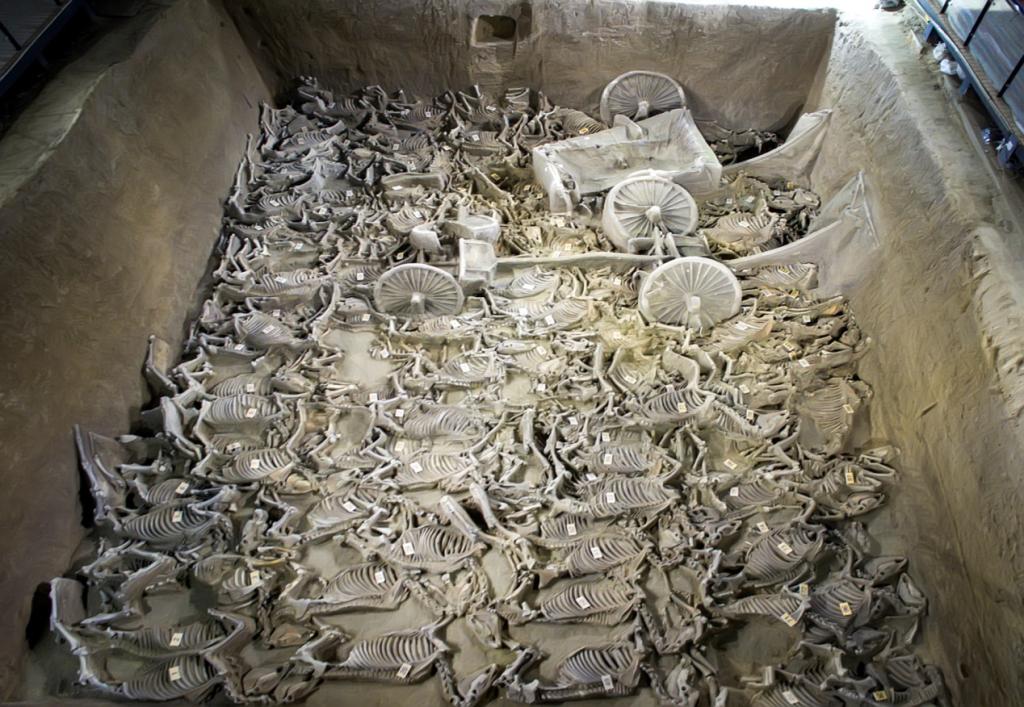
Chariot pit No.3
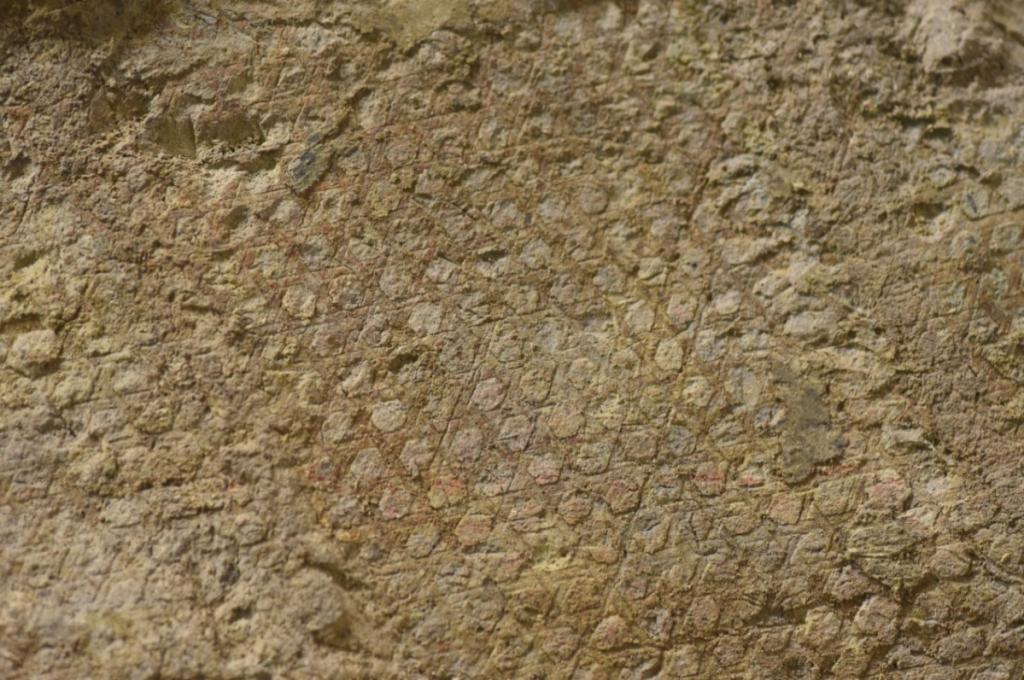
Colored imprint of bamboo mat on the top of a chariot
The fourth section, "remaining the original aspiration", summarizes the archaeological achievements of Zhenghan Gucheng in the past decades and looks forward to the future work in prospect. Mr. Fan emphasizes the importance of the conservation and exhibition of cultural heritages, e.g. the Zhenghan Gucheng National Archaeological Site Park. It will provide excellent historical evidence for inheriting Chinese civilization and building self-confidence of Chinese culture.

International cooperation in osteology
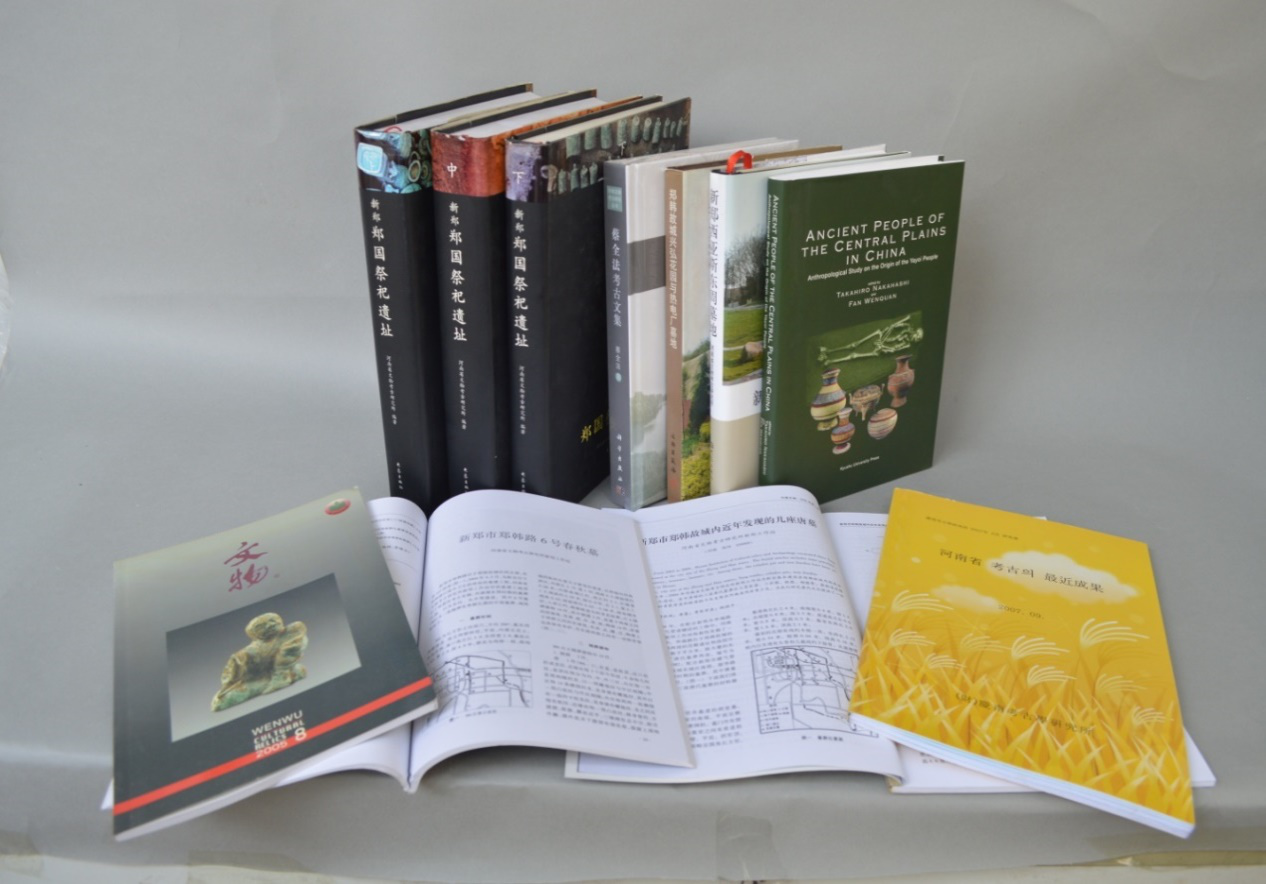
Fruitful research achievements
After the lecture, the faculty members and students of the Department launched an academic discussion with Mr. Fan. Professor Zhang Lidong focused on the urban planning and ritual constructions at Zhenghan Gucheng; Hou Weidong emphasized the importance of Zhenghan Gucheng in Archaeological studies on Western and Eastern Zhou; Liu Zhongwei was concerned about the collaborative excavations between our department and HPICRA. Mr. Fan also enthusiastically answered the questions raised by the students and appreciated the professionalism and good academic atmosphere of our department.
In order to broaden the research vision of the faculty, strengthen professional study of the students, enrich the campus culture, and promote the public archaeology, the Department of Archaeology and Museology launched the project "Major Central Plain Archaeological Discoveries Entering Campus" on May 18th, the International Museum Day. The winners of the “Top 10 Archaeological Discoveries in China”, “Top 5 Archaeological Discoveries in Henan” will be invited to the campus of Henan University to give lectures and introduce the archaeological fieldwork, the advanced theories and methods, the conservation technology, the heritage exhibition forms. On May 17th, Dr. Wang Xianqiu, the principle investigator (PI) of the project “Archaeological survey, trial excavation, and research on the Luoyang East-Han Cemetery”(one of the winners of “2017 Top 10 Archaeological Discoveries in China”), visited our campus and gave a lecture as the first invited speaker. Mr. Fan Wenquan's lecture is the second of the series. The Department will launch more lectures on the major archaeological discoveries in the Central Plains in the near future. Please stay tuned for those who are interested. (Liu Zhongwei,Qin Zhen)